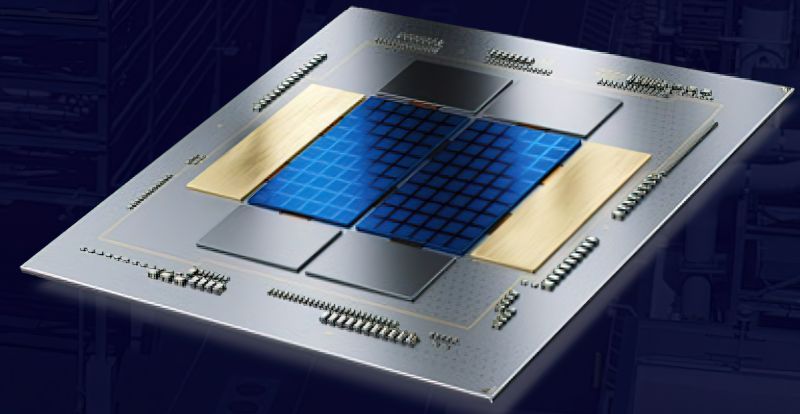Intel could abandon node 20A to use TSMC’s 3 nm for Arrow Lake, processors for desktop and notebook use. It is possible that Intel will have problems to develop the 20A process.
After an agitation by Pat Gelsinger at Intel Foundry, it seemed that “the blue giant” had managed to solve the problems of stagnation at 10 nm. Apparently, not only are they struggling to get to 7nm, but their planning at Arrow Lake may be upended, having to outsource to TSMC to make the chips for notebooks.
Intel’s 20A node with Arrow Lake is balled up
Rumors are circulating that Intel has abandoned the 20A node to make way for the 3 nm node, which went into production last year. Intel 20A was direct competition to TSMC’s 3 nm, but it appears that Arrow Lake will not come with that node due to a design change.
Asian informants point to no longer including the 20A node in Intel’s roadmap. There is talk that the Arrow Lake “CPU Tile” was to be manufactured using Intel 20A, as well as the GPU on a 3nm node by TSMC; 3nm was also to be used for the IO and SOC.
There is no clear confirmation on whether the change affects one segment or all, i.e., Arrow Lake-S CPUs would be launched in late 2024 or early 2025. This news throws Intel Foundry’s entire planning with Intel 3, 20A and 18A to the ground, as it would be a clear defeat for those from Arizona.
All indications are that 20A has been delayed and TSMC has its 3nm lithography up and running. It is clear that the Taiwanese are way ahead in their foundry business, so Samsung and Intel have to work miracles to compete toe-to-toe with them.
At the moment, China continues its bitter fight against the United States, a nation that has banned the sale of AI chips for data centers mainly to Intel, AMD and NVIDIA. The Chinese have responded by restricting the export of gallium and germanium, metals for chip production.
TSMC would not be much affected by this measure because China considers Taiwan as a “province”, although the Taiwanese claim that they have their own flag and sovereignty. Intel now manufactures in Arizona and Ireland, so they will have to reorganize their production in order not to make their production process more expensive.
